How these Australian fundies find quality stocks (and 5 that have made the cut)
In the first part of this series, we've taken a look at how different investors create and execute on their quality investing process. In each case, the scope for this process was the entire global equity universe (although most of our fundies' picks were certainly centred in the United States).
For Bob Desmond at Claremont Global, it was all about finding companies with sustainable growth in margins and multiple layers of competitive advantage.
Now, it's time to see how quality investing principles can be applied to the ASX. This wire will wrap up our quality series with a look at the locally-listed companies worth a quality investor's focus and time, with the help of Claire Xiao of Blackmore Capital and Mark Gardner of Maqro Capital.
.png)
What does quality investing mean to you?
Some investors talk about trying to find GARP - Growth at a Reasonable Price but Xiao looks for QARP - Quality at a Reasonable Price.
"QARP forms the foundation of Blackmore Capital’s investment philosophy as we aim to identify genuine high-quality investment opportunities that create sustainable value for our investors over the longer term," Xiao told me.
For Gardner, it's all about finding consistency throughout the business cycle.
"We all want to invest in companies that outperform and picking quality companies gives you the highest probability in achieving that. Quality companies will also generally provide safety compared to the broader market due to their characteristics of strong management, pricing power, low debt and consistent growth," he added.
What metrics should investors look at to identify a quality investment?
Xiao and the team at Blackmore Capital follow a more rigorous process than most to identify quality investments. They start with a set of six guiding principles:
- Earnings Quality: an understanding of where a company is in its earnings cycle in order to understand whether current earnings and returns are sustainable.
- Industry: market leadership with a large addressable market, with sufficiently high barriers to entry, that enable attractive returns on capital to be generated throughout the economic cycle.
- Balance sheet analysis: assess a company’s level of debt, cost of debt, off balance sheet liabilities, and covenants. We prefer coverage ratios, such as Net debt/EBITDA to be <2x.
- Management: Assess management track record and evidence of execution, and whether enough clarity is given on catalysts for creation of value. Management and Board alignment on renumeration incentives to be aligned with creating shareholder value.
- ESG: A quality company should demonstrate industry leadership on ESG. We consider ESG in terms of risk, opportunity, reputation, strategy and competitive position.
- Valuation: Consider multiple valuation points with margin of safety.
When assessing the balance sheet, the team look at any one of a number of metrics:
- Return on capital employed (ROCE) is one of the most important measures of corporate performance – it is the profit return which the management earns on the capital shareholders provide. The ability to reinvest in high returns compounds growth in a company’s value and share price over the long term.
- Operating profit margin: important measure of profitability which takes into account revenue growth and cost control of a business.
- Cash conversion rate: one of the measures of earnings quality, measuring company’s efficiency in converting profits into cash
- Net debt to EBITDA: measures financial stability and balance sheet flexibility.
- Free cash flow yield: What cash is the company generating after paying for everything except the dividend?
- Equitisation (also known as Share Count): An important metric in measuring the quality of a stock because it provides an indication of the extent to which a company is diluting its existing shareholders' ownership.
Gardner's approach is a little simpler to explain but not less rigorous by any stretch. For him, quality investing is a three-fold process. First, it starts with a top-down view of the markets (owing to his background as a bond trader) and finding out which companies will do well in the upcoming part of the business cycle. From there, he considers three main factors:
- Earnings leadership
- A strong moat (competitive buffer)
- Operating efficiency
After those boxes are ticked, the most important criteria is the price you pay.
"I tend to look at the historical PE range and add when the stock is towards the bottom of the range," he said.
Examples of quality businesses
The first of Xiao's nominations shouldn't surprise anyone who watches the ASX closely. Healthcare giant CSL (ASX: CSL) is considered one of the highest quality stocks (if not the highest) on the local bourse, and Xiao says it ticks all the right boxes.
"Its attractive earnings growth profile and market leading position in the global plasma-derived therapeutics market which has a high barrier to entry," she said.
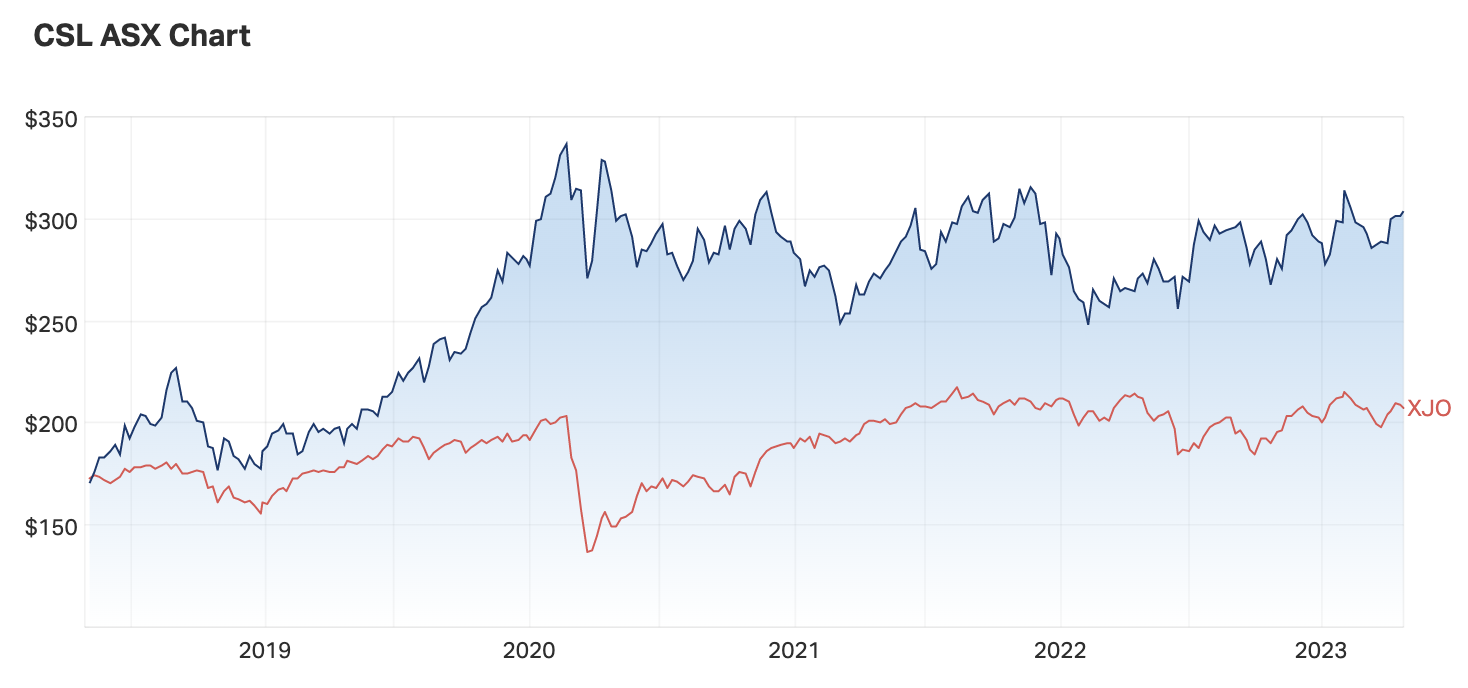
Industrials giant Brambles (ASX: BXB) also makes her list because it's got what so many other companies wish it had - pricing power.
"Brambles demonstrates its defensiveness through resilient pricing power and ability to flex prices with superior customer proposition, with a strong balance sheet that still remains under geared," she said.
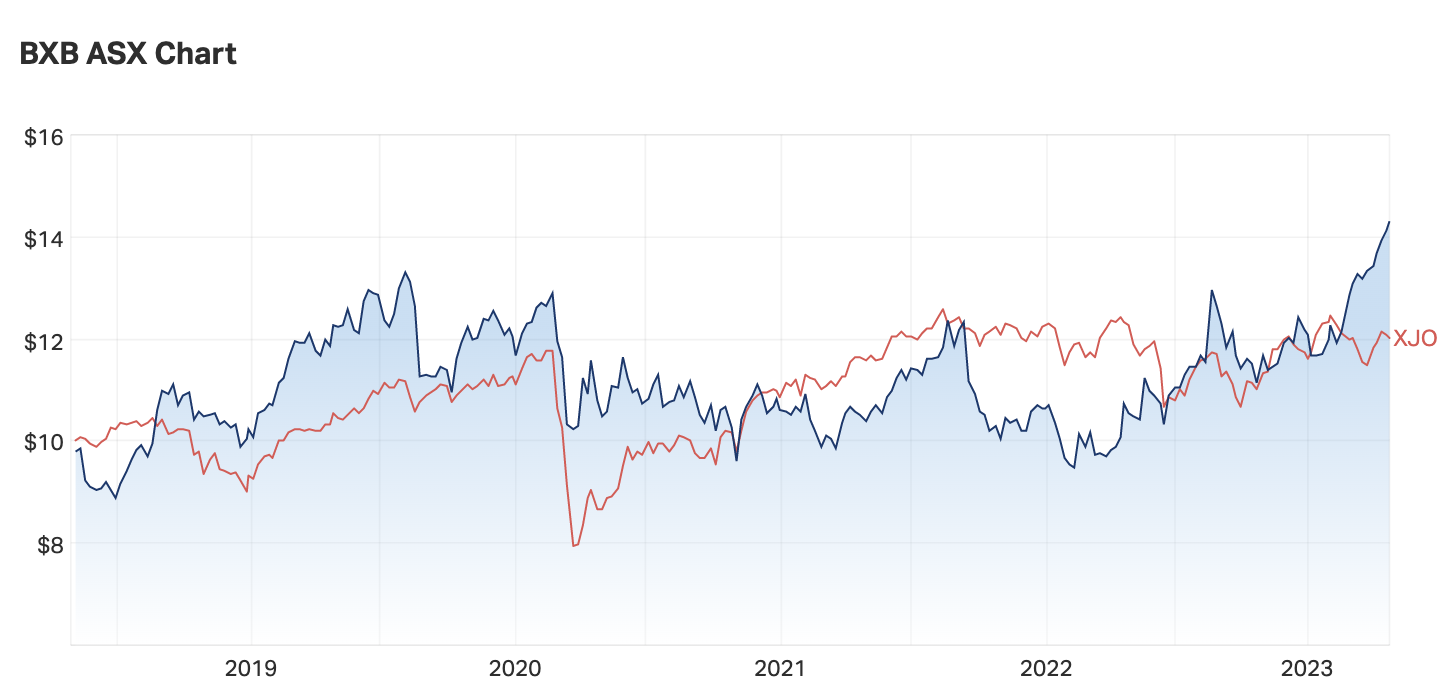
The last of her picks is also Gardner's first. Sometimes considered the 'fifth' of the Big Four + 1 banks, Macquarie Group (ASX: MQG) is well-known for its ability to underpromise and overdeliver but as Xiao points out, it also has the kind of leadership that investors crave.
"Macquarie Group ticks our highest box for strong management team, which has exhibited a strong track record of consistent earnings growth," she said. "We also love that MQG is building a global brand in suite of renewables infrastructure across established and new technologies."
Gardner agrees, arguing Macquarie has had the best return on investment of any bank in the world for many years.
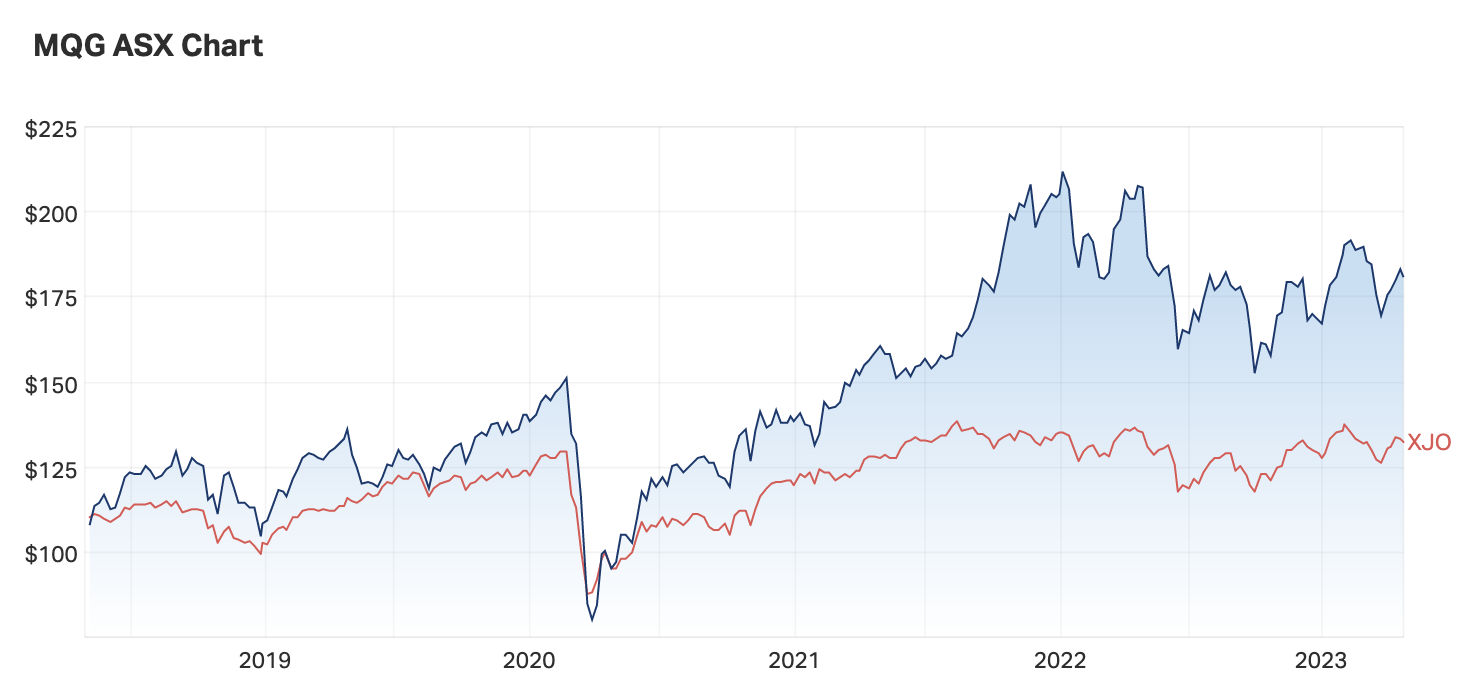
Gardner's second pick is another ASX favourite and the world's largest miner. BHP (ASX: BHP) gets his tick of approval despite attracting a very high valuation.
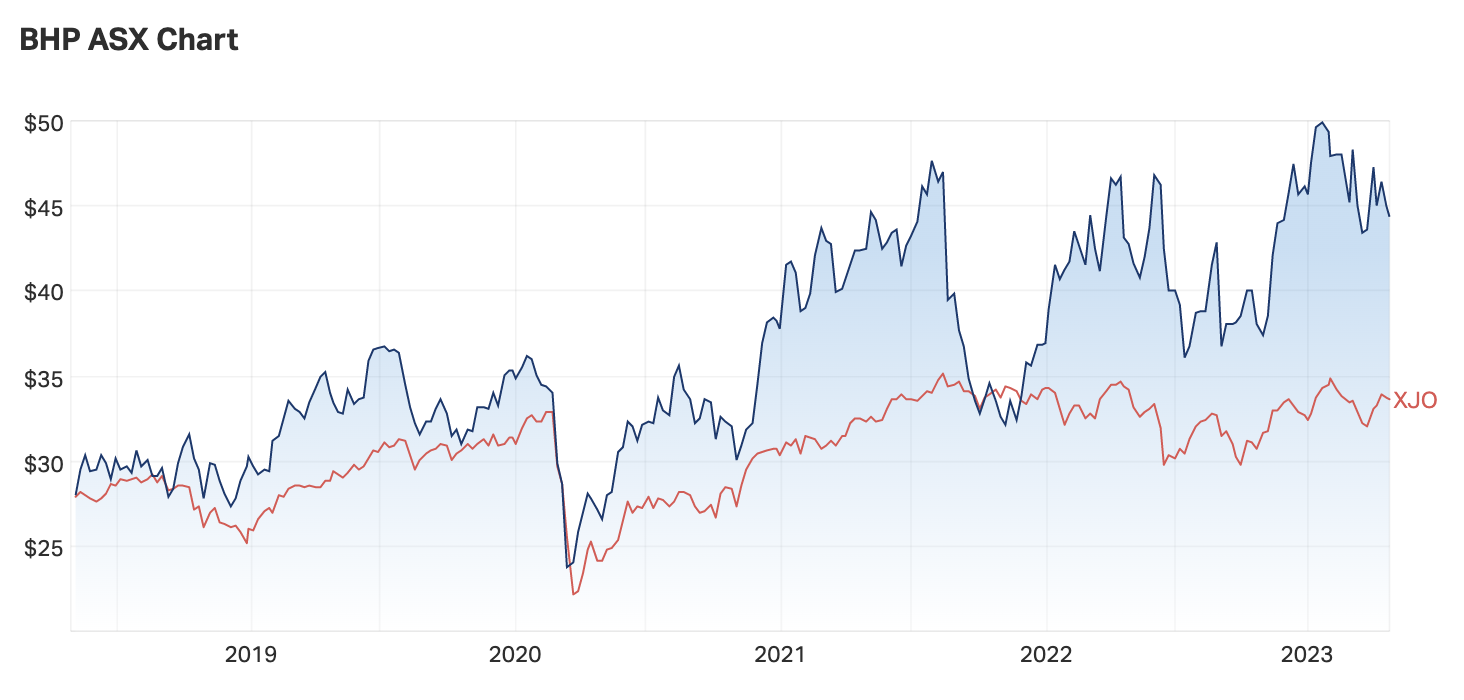
His final pick is a much smaller company but one that owns a near-monopoly in its space. Audinate (ASX: AD8) makes equipment for the audio-visual industry, with its flagship Dante product used by video production houses and TV control rooms all around the world.
"The audio-visual networking company has consistently been ahead of schedule (and analysts) delivering yet another record quarter in their last update in February. The addressable market is north of $1 billion and sales revenue is strongly trending upwards with gross margins of 71.2% EPS is expected to go positive in the next one to two years."
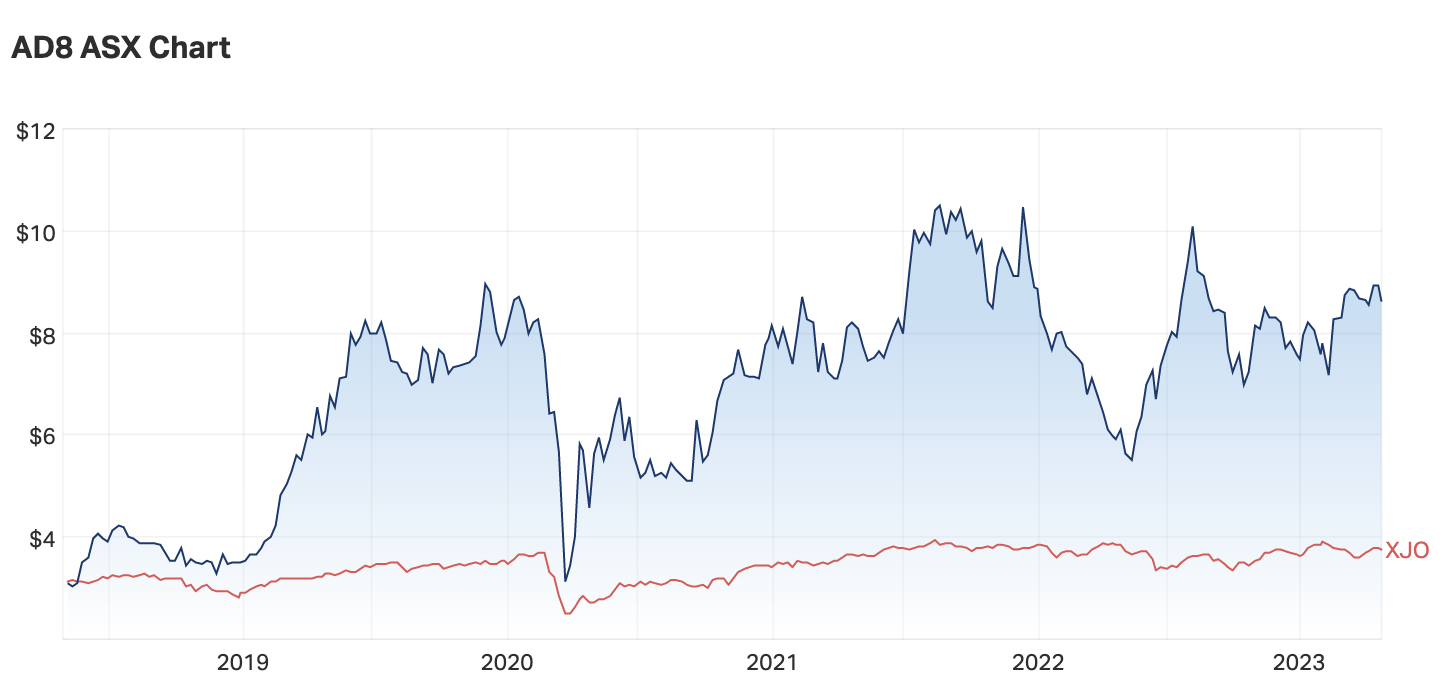
In case you missed it, you can catch up with Part 1 from this series:
%20(4).jpg)
2 topics
5 stocks mentioned
2 contributors mentioned

